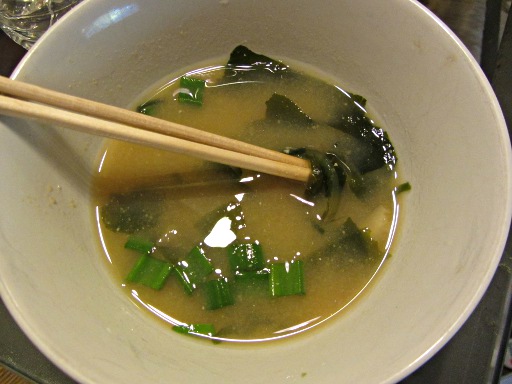UPDATE Feb 2014: Part II is here.
As some of you already know, it irks me when people say that they eat Paleo, but what they really mean is that they removed certain Neolithic foods from their diet, but without adding other foods that are fundamental to good health. So I thought I should put up a list together of some of these foods that are must-eat in order to ensure good health (besides, Paleo is primarily about restoring and preserving good health, and secondly a weight loss program). This is how I was able to fix such a large array of my health problems so fast. From the moment I had solid proof that diet alone can fix, or make asymptomatic many “incurable” health problems, I left absolutely nothing to chance. This is my recipe to success so far, and I hope it pays forward:
1. Offal
Offal, offal, offal. Liver, heart, tongue, kidneys, tripe (from pastured animals, especially from goat/sheep/buffalo/horse). And if you can find them, and they’re indeed from healthy pastured animals, also get intestines, spleen, pancreas, lungs (I personally avoid only brains, not sure if I can fully trust the animal’s health). Offal is a superfood, with high doses of many nutrients that you know, and many you might not know (like PQQ and CoQ10). The cool thing about offal is that their prices are really, really low, as people usually snob these parts! Little do they know how much more important offal is to muscle meat.
2. Bone marrow broth
I’m personally against 3-month old chicken and vegetable broths because these have no major nutrients to speak about. But a broth from either pastured animals, or at least a 2-3 year old free range hen/duck, contains a lot of minerals that you won’t find elsewhere in enough concentration. From calcium, to potassium, to phosphorus, magnesium etc. And of course, collagen, which is what eventually heals your leaky gut. Cook the marrow bones (with the marrow exposed, so you can eat it too afterwards) for at least 15 hours in low heat. Here’s the actual recipe and more info about it.
3. Home-made, lactose-free, probiotic, goat/sheep kefir & yogurt
Kefir is a superfood with great nutrition and probiotic abilities, coming to you from Caucasus. The big difference with yogurt is that its “grain” bacteria actually colonize the human gut, while the yogurt ones (extracted from the gut of cows which is not fully compatible with the human gut) tend to shed away after a few hours/days. It also contains over 40+ bacteria/yeasts, while yogurt contains 4-6. Please note that for kefir to be potent, it MUST be home-made (commercial kefir only has up to 10-12 strains). In other words, kefir is more potent than yogurt, and it can fight even super-bad strains, like C-Diff. This doesn’t mean that we don’t need full fat yogurt though. Dairy, when it’s made from compatible-to-humans animal casein A2 (goats/sheep/buffalo), and when it’s properly fermented for 24 hours to remove most lactose, is acceptable food, and so it becomes the only point I don’t agree with mainstream Paleo. I fully explained my position on dairy and Paleo here.
4. Fermentation: Sauerkraut, Miso, Natto etc.
Fermented foods is another important missing piece in the modern diet, but thankfully, unpasteurised sauerkraut & kimchi are still easy to find in health stores or on Farmer’s Markets. They go great with sashimi too! *Unpasteurized* non-barley miso is also great in miso soups (make sure your soup is not too hot when you’re adding the miso, or you will kill the beneficial bacteria in it). Natto is fermented soy beans with a lot of PQQ and K2 vitamins in it, but it requires a lot of getting-used to as its taste is very particular (fermented wheat-free tamari, unpasteurized soy-based miso & traditionally-prepared natto are the only soy-based byproducts that are considered healthy and acceptable on Paleo). Other fermentated options are lacto-fermented vegetables, whey-fermented home-made mayonaise, and pickles.
5. Coconut Oil
Cold-pressed, virgin, unrefined coconut oil is a magical oil for cooking, and even for topical application (e.g. skin problems, fungus). It has anti-bacterial properties, but the biggest one for me is that it can bring amazing mental clarity. Cook with coconut oil for a month, and you will realize that you had brain fog for most of your life without knowing about it. Use extra-virgin, cold-pressed olive oil for salads and raw foods only.
6. Sea Veggies & Kelp Noodles
Ah, sea veggies. When I told my mom in Greece what these are (“φύκια”), she nearly gagged. But these sea veggies are delicious when prepared properly (as a salad or in miso soups), and they have a different kind of nutrition than most land-based foods. Not to mention that they have high doses of iodine, which is important for proper thyroid function. I personally buy these, which are admittedly expensive, but at least you get a variety of 6 different sea veggies, diversifying your nutrition. Then there are these kelp “noodles”, which are great in seafood stir-fries!
7. Shellfish
Most people who can tolerate shellfish eat shrimp. But there’s a whole world of shellfish to explore, from urchins to clams and saint-Jacques to name just a few. The most nutrient-rich ones though you should be going after are oysters and mussels, don’t skimp on them and their super-high content of Zinc! When it comes to fish, stay with wild fish only, and particularly wild Alaskan salmon (the only truly wild salmon), and wild whole sardines. Prefer seafood over meat, and when possible, have a small amount of seafood daily.
8. Sideritis Syriaca
A herbal tea that unfortunately isn’t currently under the Paleo radar, but it’s possibly more potent than kombucha in many different health areas, is sideritis, or “Greek Mountain Tea“. Don’t take my word for it, just read Pubmed’s research results! The thing obviously works, while Kombucha hasn’t shown good results on research! Here’s how to prepare it. Other very healthy herbal teas are the Cretan “Dictamnus” (even more difficult to find than Greek Mountain Tea though), and good, old plain chamomile. Just don’t root for coffee or highly caffeinated teas. Caffeinated teas also contain high amounts of fluoride, while herbal teas don’t.
9. Raw & Unfiltered local honey
Honey gets the bad wrap in the Paleo community mainly because most Paleo dieters are in it for the weight loss, and not as much for the additional health benefits. Unless you’re following a Paleo-ketogenic diet, then honey is one of these superfoods that you should not be avoiding. Yes, it’s got its share of glucose and fructose, but then again, so do most fruits. In order for its anti-microbial and anti-allergenic properties to be potent, it must be raw, unfiltered, AND local. Don’t look at buying big brands, look at your local farmer’s market instead. Don’t use it with kefir (since its anti-microbial properties kill the good kefir bacteria), and don’t heat it up. When it comes to Paleo desserts, avoid all these “Paleo cookies” and “Paleo breads” that you read online, these are most certainly not Paleo. Just do fruit/gello-based raw desserts (there are many recipes online about such desserts on vegan raw web sites).
10. Supplementation
I wish I could tell you that you don’t need to supplement. That just by following a great diet it would cure your ailments without any additional help. But unfortunately, after 10,000 years of continuing selection for both veggies (more sugar) and animals (more milk/fat), the nutrients on modern food is thin. In addition, our soil is depleted of minerals, so our food is too. Not to mention that our water is a far cry in both taste and nutrients compared to what our ancestors drank. In Greece we used to have “ok” water, but when I came to the US I found all the water that I tried here tasting… diluted. Think about that for a moment! Diluted-tasting water! Why? Because it had no minerals in it, it has been treated to exhaustion. So supplementation is definitely needed IMHO, there’s no way around it, especially if you have just converted from the SAD diet to Paleo, and your gut needs the extra help.
The first line of supplementation is vitamin D3 at 1000 IU every 2-3 mornings, especially if you’re not going out to the sun daily. Then, there’s Magnesium (20 mins before sleep), K2-Mk4 (not K, or K2-Mk7), krill oil or fish oil (only if you’re not eating seafood daily — you should), and maybe some E-tocotrienol (without tocophenols in it) — all no more than 2-3 times a week. Track your macro-nutrients with an app, like cronometer.com, to find out what nutrient you might be missing. Get a C+Bioflavonoids vitamin 2-3 times a week to boost your immune system, especially if you’re not eating a lot of fruits. You don’t need PQQ/CoQ10 if you’re eating offal once or twice a week, but you will need to supplement twice a week with these if you don’t eat or can’t find offal in your country (for CoQ10, it must be the Ubiquinol kind, not Ubiquinone). Finally, if you’re having trouble with inflammation or some types of tumors, you might want to try this one.
Bonus 1: Eat lesser-known veggies, e.g. turnips, rutabaga, kohlrabi, swiss chard, kale, sorrel, collard greens, parsnips, beets, and especially beet greens (highest potassium content than any other food) etc. etc.
Bonus 2: 85%-99% cocoa dark chocolate in small doses. They help with cravings. Your taste buds will regrow within one month of doing Paleo, and you will be able to eat bitter chocolates easily. I used to buy 90% and 99% cocoa chocolates, but they’re not available in my area anymore, so I now buy this one instead (tastes the best from the ones I tried).
Bonus 3: Move your butt, and exercise. Yeah, sorry about that. Nobody said it would be as easy as just eating the right foods. It also requires you to move, and “see” the sun daily.

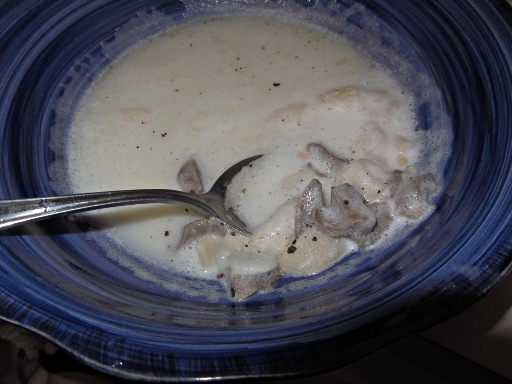

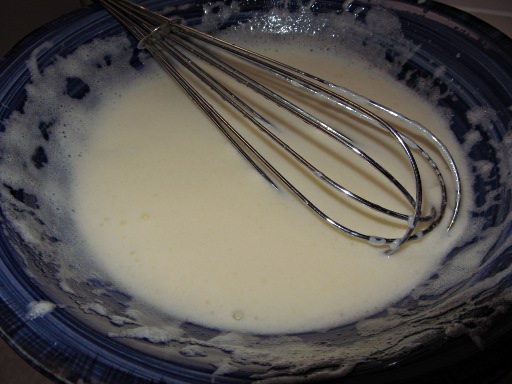
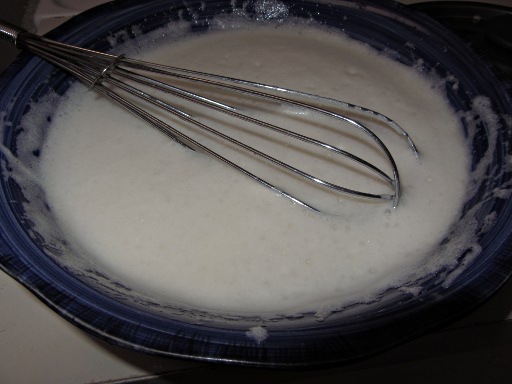
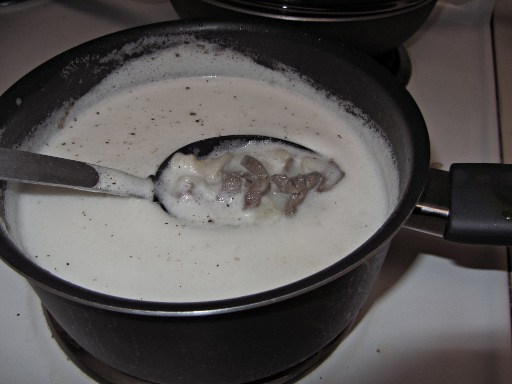
![]()




